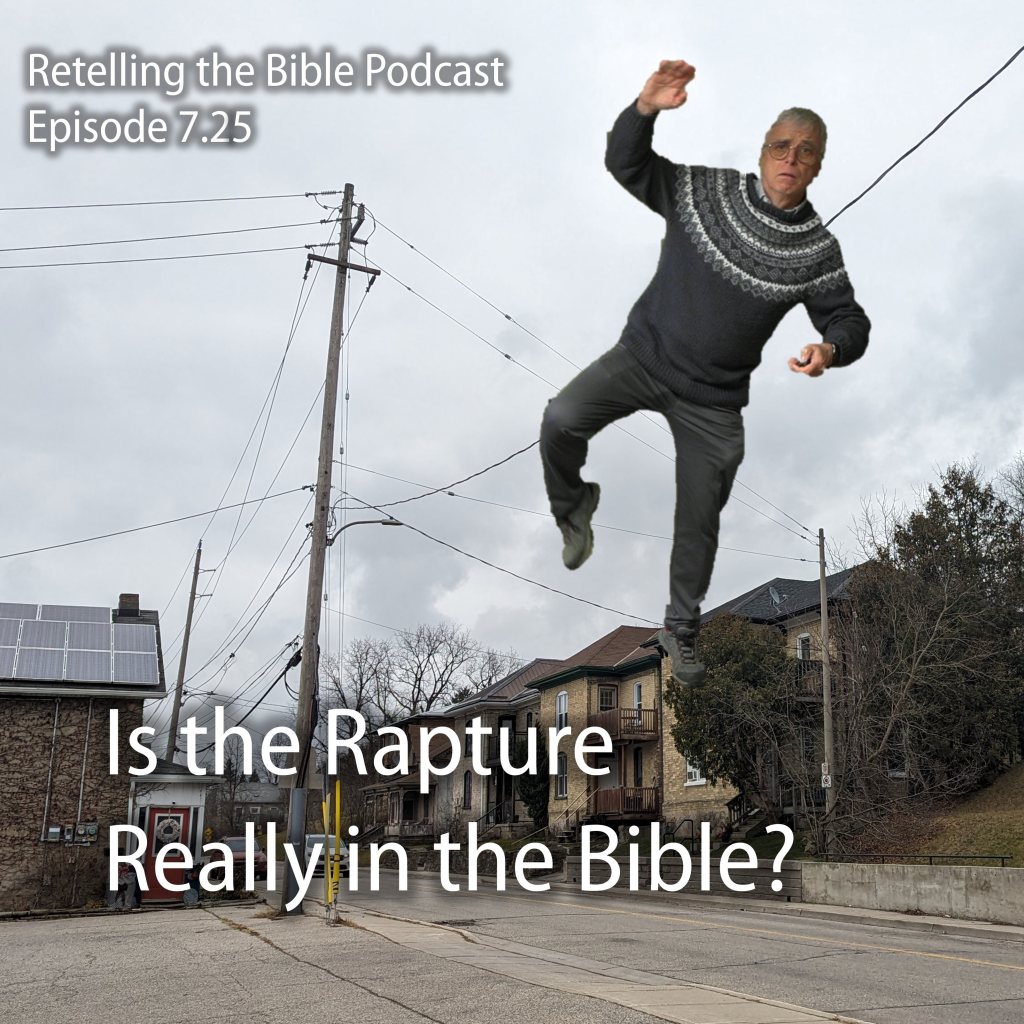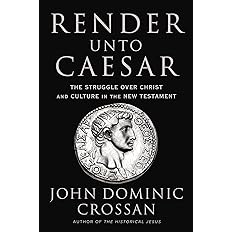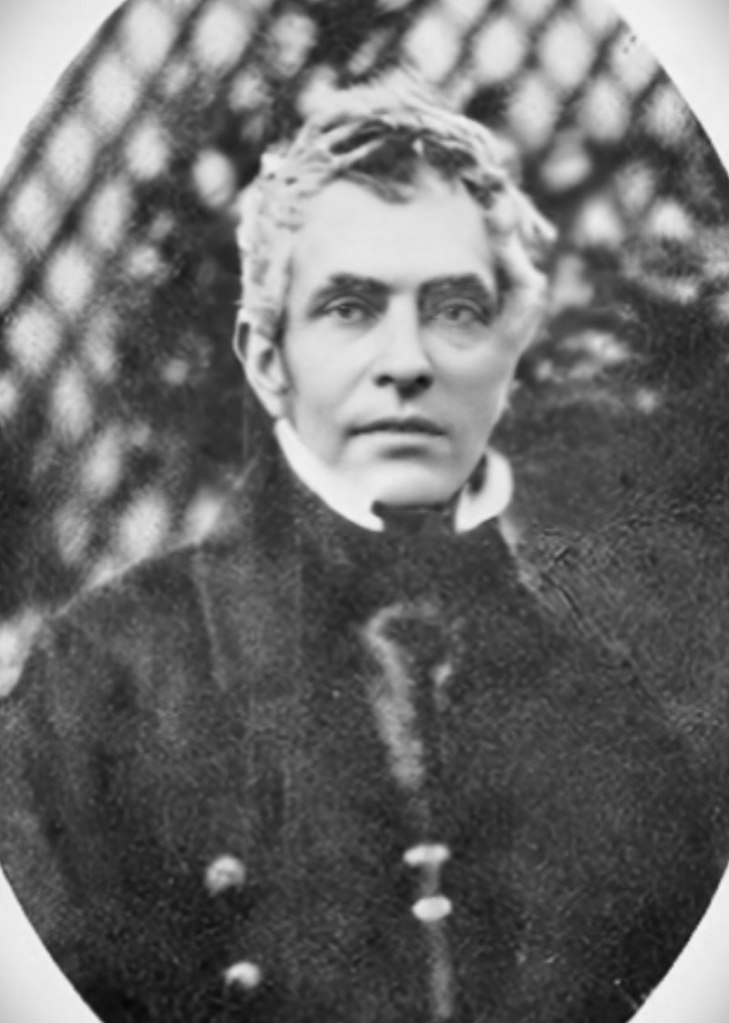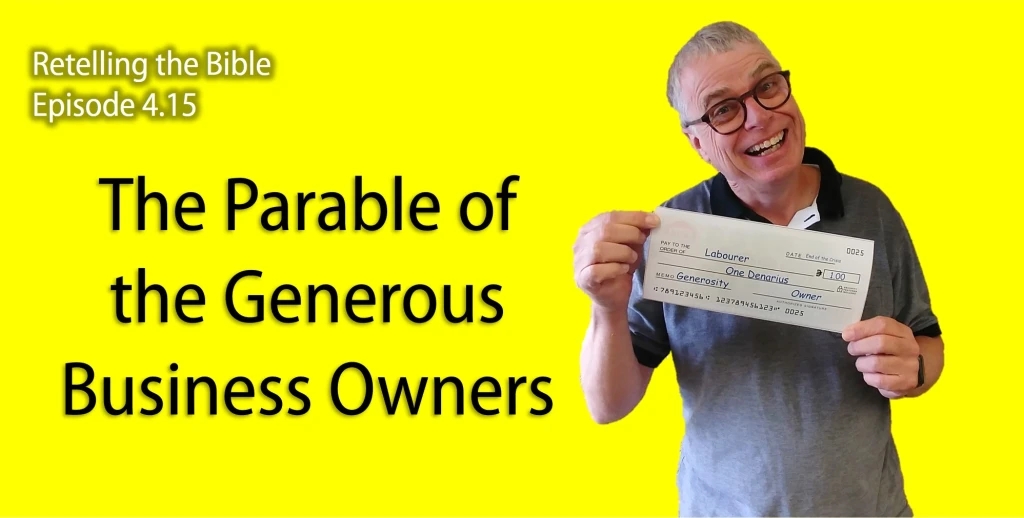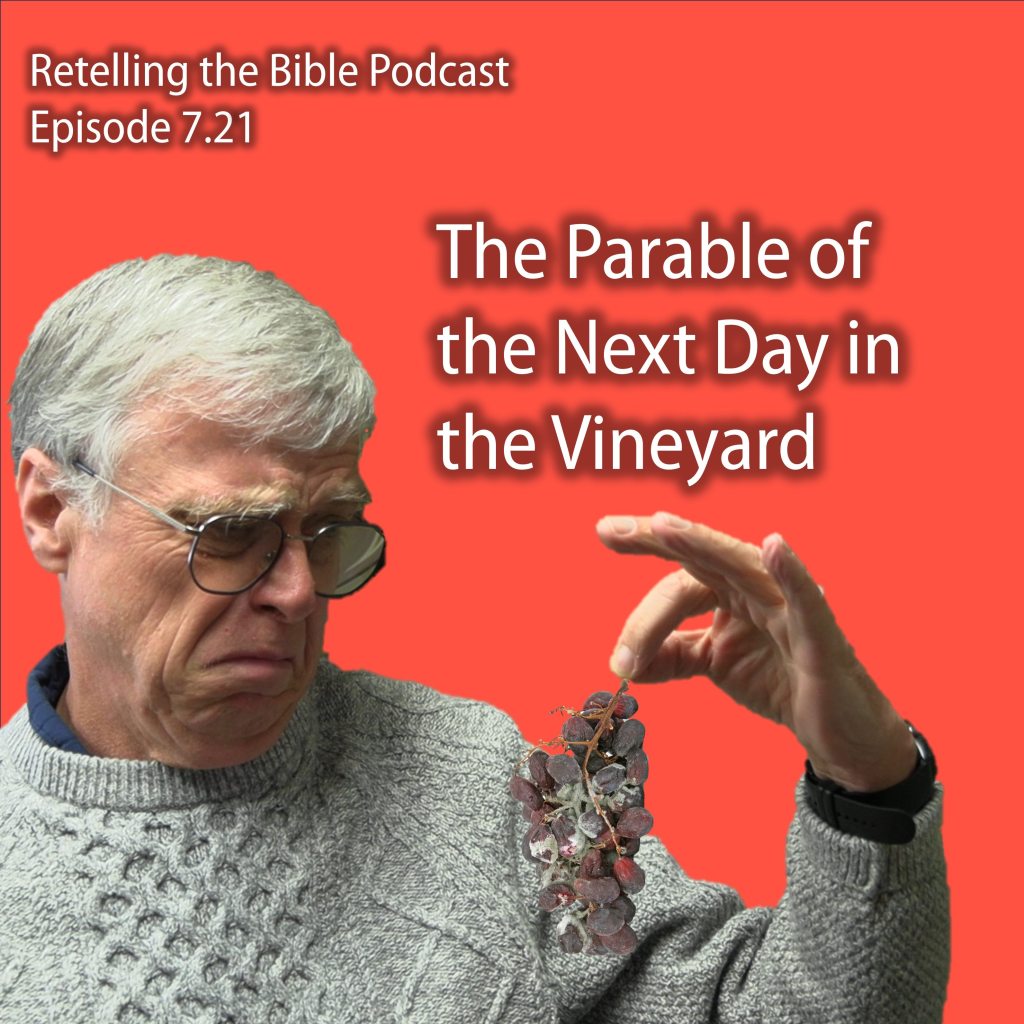The eighth episode of the eighth season of the Retelling the Bible Podcast is posted today (April 3, 2024). It is the story of how the writer of the Gospel of Mark came to compose the strange ending to his gospel.
You can listen to the episode right now and subscribe to the podcast by following one of these links or by searching for the podcast on your favourite platform:
Show Notes about the Episode
The episode is based on Mark 16:1-8 and on the Gospel of Mark as a whole. The story of Jesus’ family comes from Mark 3:20-35. The Barabbas incident is recounted in Mark 15:6-15. The episode also quotes from Paul’s letter to the Corinthians: 1 Corinthians 15:5-7. Unless otherwise indicated, direct quotes are taken from the New Revised Standard Version, updated edition.
The Gospel of Mark
The Gospel of Mark is thought to be the oldest of the gospels in the Bible. It is generally dated by scholars to sometime around 70 CE. This would mean that it was written in the midst of all the chaos of the Judean revolt against Rome.
The Gospel is written anonymously. It is only later tradition that decided that it was written by Mark, the disciple of Peter.
It is the shortest of the gospels and is written in very simple Greek with a relatively small vocabulary. But that does not mean that Mark was not a sophisticated writer. He uses a number of interesting literary techniques in his story that I have often admired on this podcast.
Here are some previous Mark-focus episodes that I think will increase your appreciation for this amazing writer:

- God is Actually Okay with Figs (The Incident with the Fig Tree)
- The Healing of Jairus (The Story of Jairus and the Woman with the Flow of Blood)
- Tiny Coins and Massive Stones (The Widow’s Mite)
An Abrupt Ending
People have long been troubled by the original ending of the Gospel of Mark. As any modern translation of the Bible will indicate either in footnotes and/or by bracketing the longer endings, all indications are that the original manuscript must have ended at verse eight.
There are two possible explanations for this — either an original longer ending was lost or the abrupt ending was intentional.
In the podcast episode, I do not dwell on the former possibility because I wanted to explore the latter in my narrative fashion. But I will note that some scholars do argue for the loss of an original ending.
This is, of course, possible. Ancient books were fragile things and, if any portion of a book were to be lost, chances are that it would be from one end or the other of the scroll — either the beginning or the end of the book.
But even if possible, one of the problems with this theory is that, since there are no copies with an original longer ending, the loss must have occurred almost immediately, before any copies were made.
One of the arguments for the loss is that the gospel does not just end awkwardly from a narrative point of view, but also from a grammatical point of view. The last word is a conjunction (γάρ which means “for”) and it was unusual (but not impossible) to end a sentence (or a book) with such a word.
We know that the alternate longer endings that appear in later manuscripts are not original because these manuscripts do not agree on which ending to add. In addition, these endings are stylistically different from the original gospel and, to a certain extent, seem to have drawn their material from the other gospels which were written after the Gospel of Mark.
Mark’s Distain for Church Leadership
Modern readers sometimes fail to notice just how relentlessly critical the author is of the early church leadership. This is because we read the other gospels alongside Mark and they have done a great deal to tone down Mark’s criticisms.
But Mark has virtually nothing good to say about the disciples. He acknowledges that they chose to follow Jesus and that one of them, Simon Peter, even recognized Jesus as the Messiah, but apart from these things, he only seems to point out what they did wrong. And even Peter, after acknowledging that Jesus is the Messiah, immediately discredits himself by criticizing Jesus.
There are really only two followers of Jesus who seem to get things right from Mark’s point of view — the woman who anointed Jesus at Bethany and the young man who ran away naked in the garden. Everyone else seems to have been a failure as far as Mark was concerned. I have done episodes on both of these unnamed followers:
- .The Streaker in the Garden (The young man who ran away naked)
- The Only One Who God it (The anointing at Bethany)

An Intentionally Abrupt Ending
The more I study the Gospel of Mark, the more convinced I am that the author intentionally ended it with an invitation to go and see the risen Jesus instead of any accounts of resurrection appearances.
I don’t think this is because he was unaware of stories of resurrection appearances. The list of resurrection appearances that Paul cites in 1 Corinthians 15:5-7 was written at least a decade before Mark’s Gospel and seems to have been widely circulated.
Mark must have known about such stories. If he chose not to recount them, it must be because he was disappointed with the leaders who had received such appearances and was looking for something different. This insight is what led to my narrative in the episode.
Media in this Episode
The following music was used for this media project:
“AhDah” Kevin MacLeod (incompetech.com)
Licensed under Creative Commons: By Attribution 4.0 License
http://creativecommons.org/licenses/by/4.0/
Childhood by Sascha Ende
Free download: https://filmmusic.io/song/448-childhood
License (CC BY 4.0): https://filmmusic.io/standard-license
Support Retelling the Bible
If you would like to support the work that I do creating these stories, go to patreon.com/retellingthebible and choose a level of support!


















